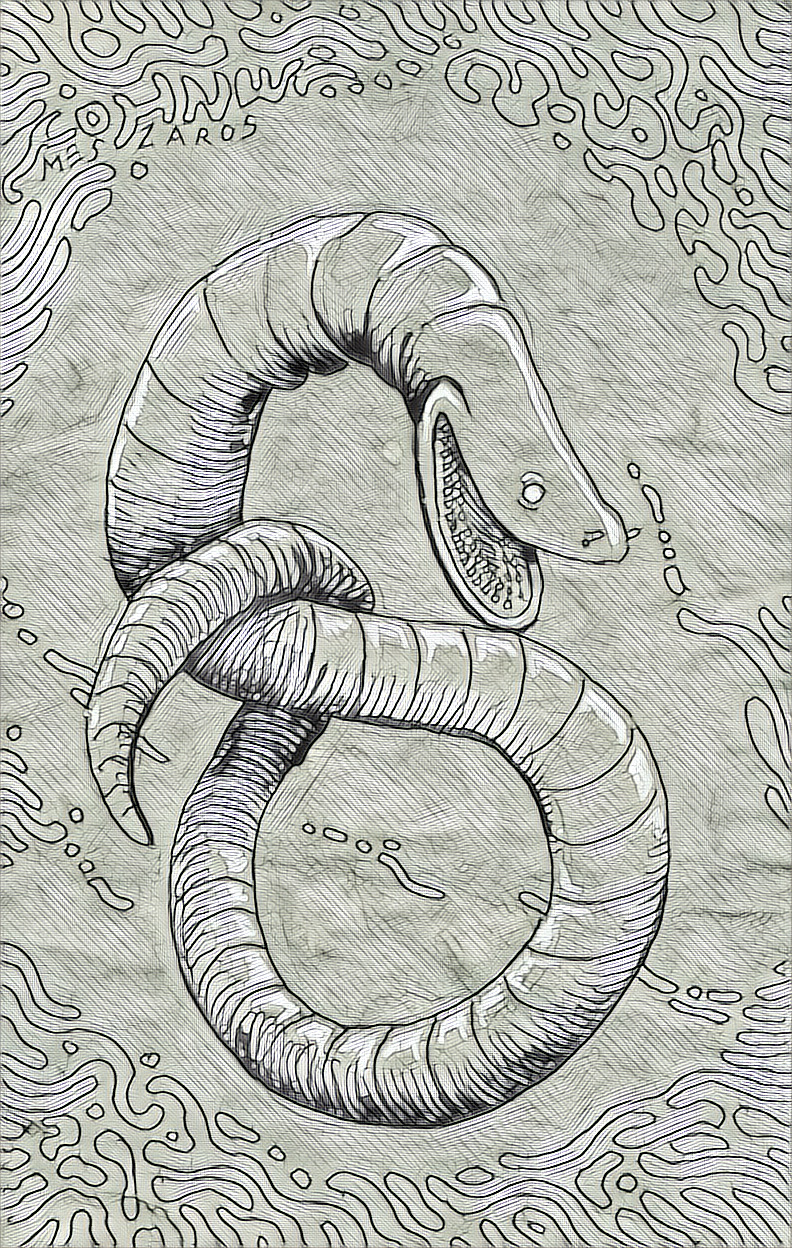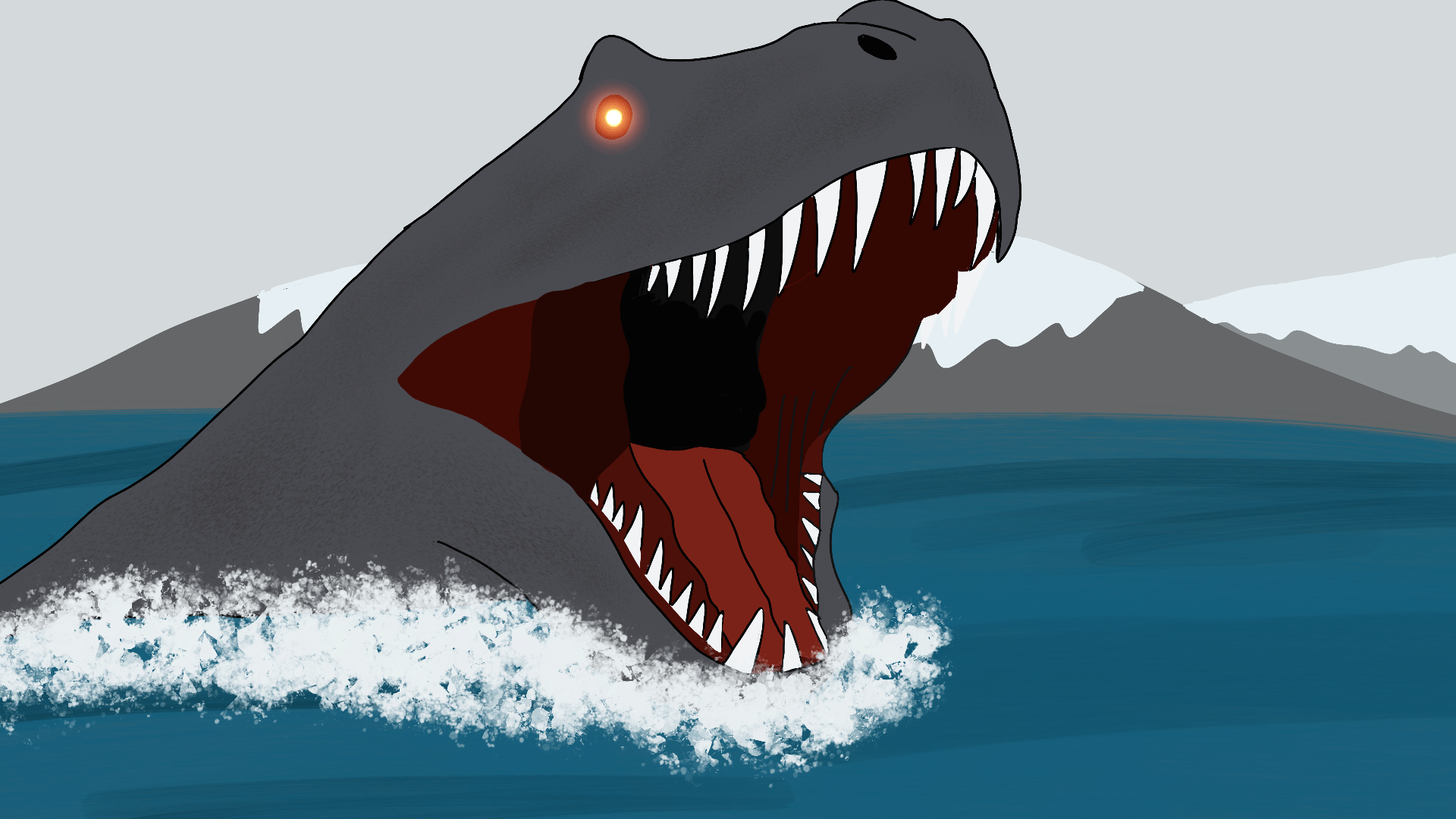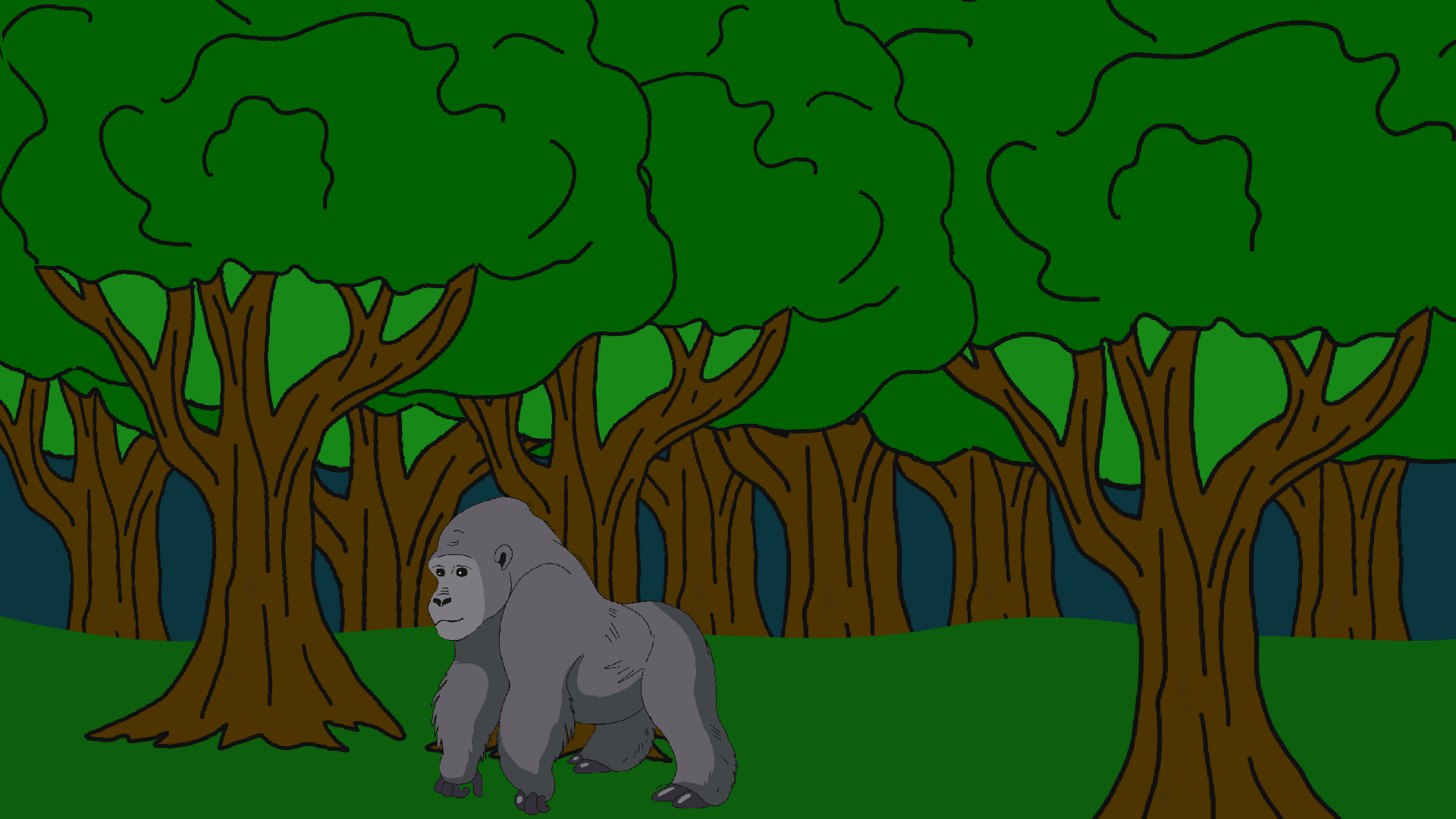Prior to the 1920’s, a string of small freshwater lakes stretched across part of central Kansas, coming within a couple miles of the town of Inman. Eventually, after some time the lakes were drained, landscape was altered, leaving Lake Inman and a few low pockets of water where the lake was abnormally deep. These became known to locals as “sinkholes.” Of these, the largest became known as” the Big Sinkhole,” and there, a legend was born in the form of a large, serpent-like creature named “Sink Hole Sam”.
Sink Hole Sam has been described over the years multiple ways with eyewitness accounts of this snake like being varying. Still, most say it is the length of a python around 15 feet and that its girth, shockingly, is 2-3 feet. Some say a tractor couldn’t ride over it (How does Sinkhole Sam Compare to Minhocao).
The most famous sighting occurred in 1953 when two men fishing at the sinkhole, Albert Neufeld and George Regehr spotted the creature. Neufeld, 18 years old, fired two shots with his hunting rifle but wasn’t able to kill the beast. Both claimed that it was approximately 15 feet in length and as round as an “automobile tire.”
Still, the year prior multiple witnesses around Inman reported spotting the creature and this led to newspaper columnist Ernest Alva Dewey traveling to Inman to investigate. Dewey, whose writing career began as a publicist for a traveling circus, had a reputation for poking fun at local legends.
In 1953, when news of the massive snake reached Kansas City, the Newspaper Enterprise Association dispatched reporter Mary Kay Flynn to the scene.
Flynn found numerous “responsible citizens” who described Sinkhole Sam as fifteen feet long with a fluted tail and a long fin on its back. Eyewitnesses also mentioned Sam’s big “non-snakelike” grin. Flynn hailed Sinkhole Sam as “Kansas’ answer to the Loch Ness Monster.” (Read about the Walgren Lake Monster here)
In the 1960’s, a similar creature was reported about 50 miles south of Inman at the Kingman State Lake. The State Lake, while not a naturally occurring lake, was formed from a naturally occurring marsh and is located next to the Ninnescah River. In the late 1960s, people in the town of Kingman organized a hunting party to track down a twenty-foot monster that was as big around as a man. The animal had reportedly devoured a calf and dragged it into the Kingman County State Lake. The animal was never found.
Perhaps the most fascinating angle of the legend of Sinkhole Sam was that cryptid certainly could have existed. There is a chance due to the changing landscape and draining of the area, that Sam could have been a species that got trapped in Inman Lake. Perhaps normally this creature lived underground. One other interesting facet of the stories is that Sam seems to be a somewhat reasonable size at 15 feet. Often, eyewitnesses who are lying, attempt to sensationalize their story by exaggerating the details.
Theories have existed as to what this could have been. One is that this was a boa constrictor, python or other snake non-native to the area that was released into the wild. Other theories exist that this could have been a massive earthworm or sea worm. The giant gippsland earthworm has been known to reach 9 feet although, that wouldn’t explain the girth reported by many. Earthworms spend the majority of their time underground and perhaps the creature was trapped in Inman Lake. Seaworms could certainly reach the size, but none that swim in freshwater have been found. Eels are another option that could be what Sam was. There are reports of eels over three feet in length in freshwater lakes in the US. Perhaps Sam was an extremely large eel?
There will probably never be a satisfactory answer to what Sam was as well as another sighting in Inman Lake. People still look out for the creature today and there hasn’t been a sighting in decades. Still, its within reason that at one time, some large snake like animal did exist in the lake, and probably perished.




